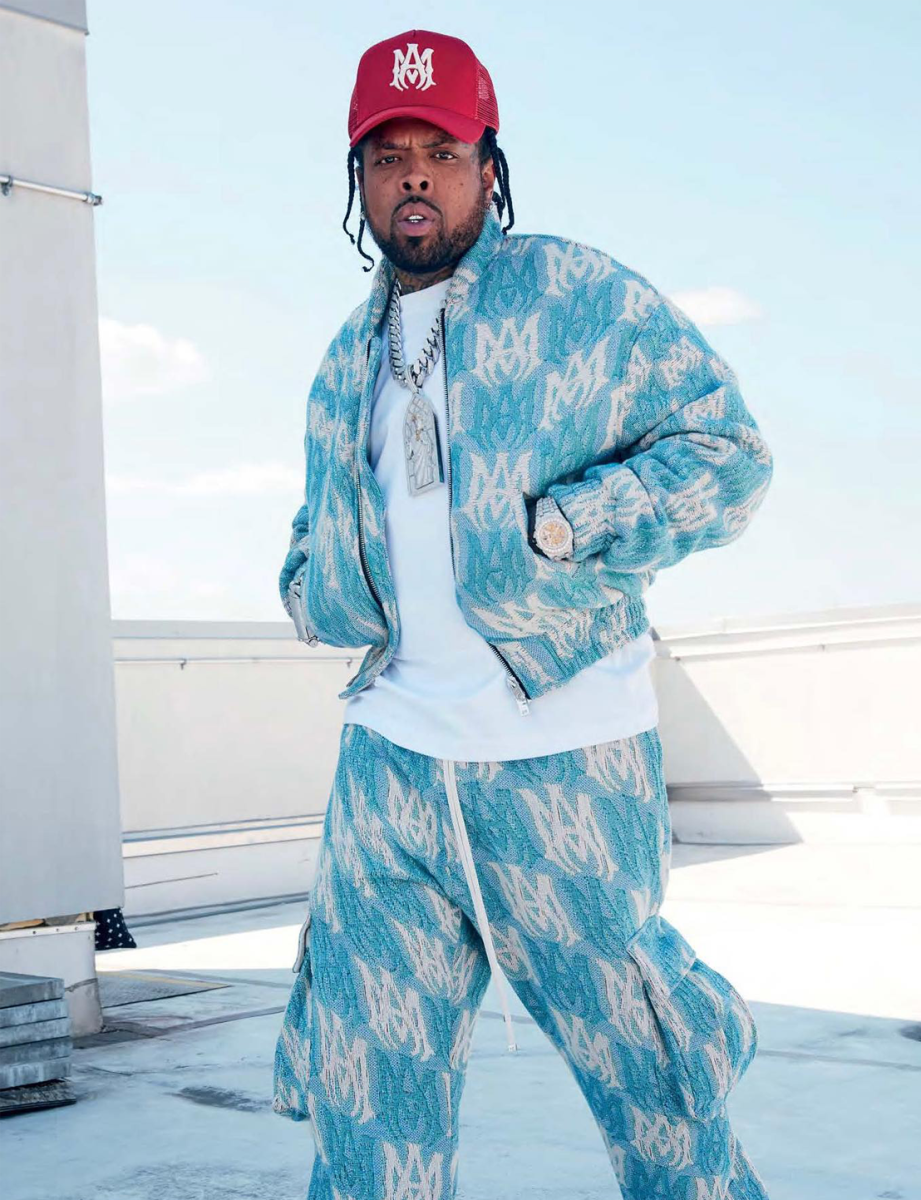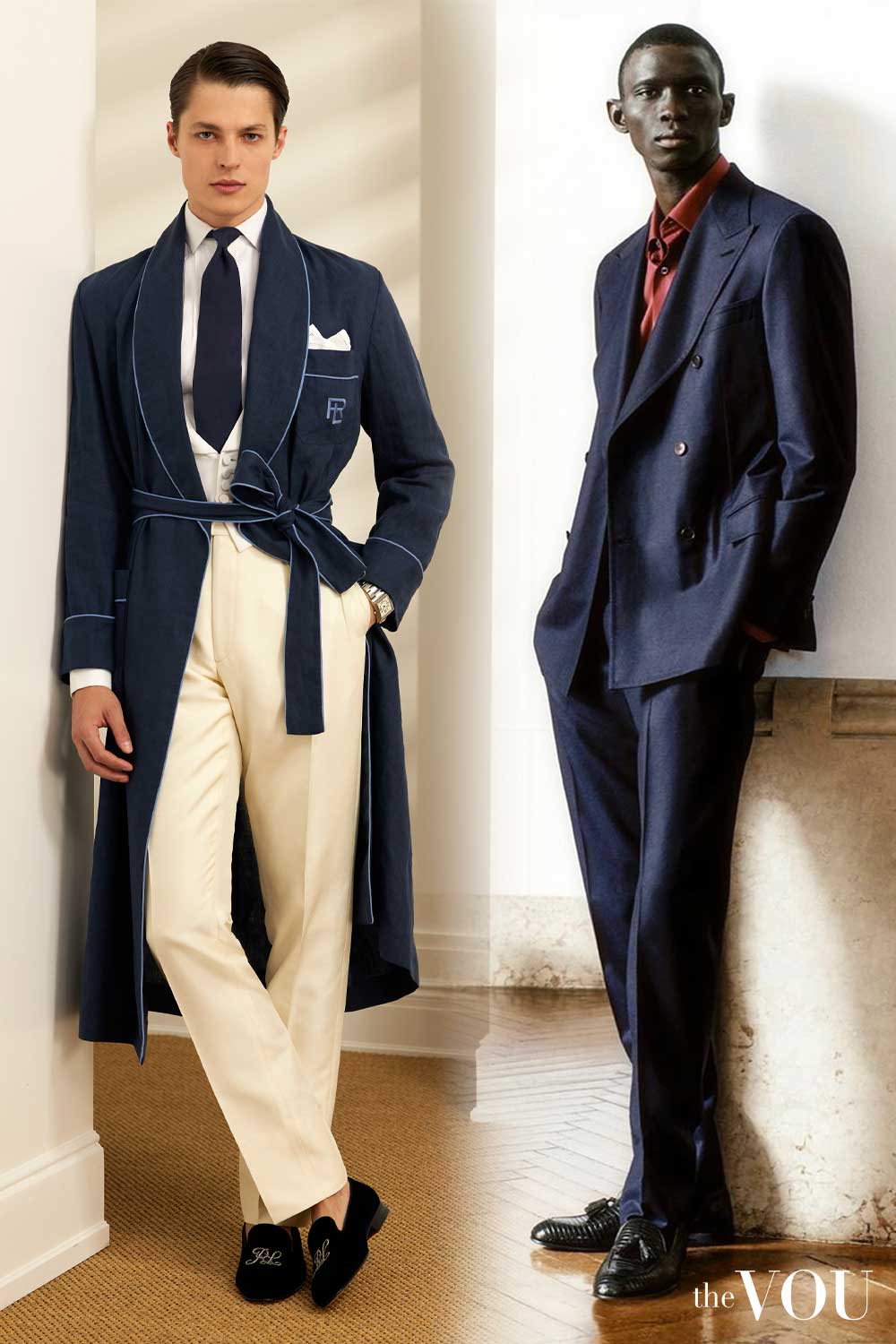Is Branded Clothing Really Better Because of the Fabric?
Is Branded Clothing Really Better Because of the Fabric?
Blog Article
Recognizing Garments: The Significance of Fabric Options in Your Wardrobe
The selection of textile in garments plays an essential duty in both appearances and performance. Various materials provide varying degrees of convenience, breathability, and longevity, directly affecting the user's experience. Understanding these subtleties can improve one's wardrobe considerably. Yet, lots of neglect just how these selections can affect not just personal style, however likewise sustainability. What textile choices could redefine your wardrobe and straighten it with both style and responsibility?
The Role of Material in vogue and Functionality

Common Fabric Types and Their Attributes
When picking clothing, recognizing the attributes of typical textile kinds is important for making notified choices. Cotton, a widely-used all-natural fiber, is recognized for its breathability, gentleness, and flexibility, making it appropriate for sportswear and everyday garments. Linen, another natural option, boasts exceptional moisture-wicking residential or commercial properties and an unique structure, perfect for warm climates.Wool, usually favored for its warmth and resilience, differs in excellence; merino woollen is soft against the skin, while coarser kinds are made use of for outerwear. Artificial fabrics like polyester and nylon use sturdiness and resistance to wrinkles, making them preferred for activewear and traveling garments. Ultimately, blends, which combine synthetic and natural fibers, can enhance functionality while maintaining convenience. By acknowledging these textile characteristics, people can pick garments that straightens with their lifestyle and visual choices.
Breathability and Convenience: Picking the Right Fabrics for Various Environments
Picking the ideal materials for various environments can significantly boost convenience and overall wearability. Breathable products are essential in hot environments, as they allow air circulation and wetness evaporation. Fabrics such as cotton, linen, and moisture-wicking synthetics successfully draw sweat far from the body, keeping the wearer cool and completely dry. Conversely, in chillier environments, thicker textiles like woollen or fleece provide insulation while preserving breathability, making certain warmth without overheating.Additionally, the selection of fabric weight plays a vital role; lightweight fabrics are better for summer season, whereas larger choices are suited for winter months wear. Understanding the distinct properties of each fabric allows individuals to dress suitably for varying weather. Ultimately, picking comfortable and breathable materials customized to particular environments can significantly boost day-to-day convenience and improve the total experience of using clothes.
Toughness and Care: Just How Textile Impacts Long Life of Your Closet
Selecting the right materials can considerably influence the toughness and treatment requirements of a wardrobe. Fabrics such as cotton and polyester are known for their resilience and ease of maintenance, making them suitable for everyday wear. On the other hand, fragile materials like silk and lace require even more mindful handling and specialized cleansing approaches, which can increase the time and initiative needed for care. Branded Clothing.Durability is likewise affected by the material's weave and coating; securely woven materials often tend to withstand deterioration better than loosely woven choices. In addition, synthetic blends frequently supply improved toughness, integrating the finest high qualities Recommended Site of multiple fibers.Understanding the care guidelines for each and every material is crucial, as inappropriate washing or drying can bring about premature wear. Eventually, picking durable products can cause a longer-lasting wardrobe, lowering the frequency of replacements and contributing to a much more lasting style selection
The Impact of Textile on Fit and Shape

Lasting Textile Choices: Making Eco-Friendly Decisions
The influence of textile prolongs beyond fit and shape to encompass ecological elements, motivating a growing interest in sustainable fabric options. Environment-friendly textiles, such as organic cotton, hemp, and Tencel, are gaining traction among customers that focus on sustainability in their closets. These products are commonly generated with fewer chemicals and water, minimizing their eco-friendly footprint.Additionally, recycled materials, made from post-consumer waste, supply a cutting-edge option to the fabric sector's contamination issue. Brands significantly welcome openness in their sourcing methods, permitting consumers to make informed choices about their purchases.Choosing sustainable materials not only sustains honest practices yet likewise urges the apparel industry to embrace more liable manufacturing techniques. As awareness of environmental problems increases, people are urged to review the long-lasting effect of their material selections, fostering a movement in the direction of a more environmentally mindful and lasting method to style.
Elevating Style: Exactly How Fabric Can Transform a Clothing
While many may concentrate on shade and cut when selecting a clothing, the choice of fabric plays a vital duty in boosting style and enhancing general appearance. Various products convey unique moods and messages; for instance, silk exudes deluxe and sophistication, while jeans offers a laid-back, unwinded a fantastic read vibe. The structure and drape of a material can significantly change the shape, with organized materials giving a refined appearance and softer ones creating a more fluid, kicked back aesthetic.Moreover, the weight of the textile influences wearability throughout seasons. Light-weight textiles like bed linen and cotton are perfect for summertime, while much heavier materials such as wool and velvet offer heat and beauty in chillier months. Recognizing fabric residential properties, such as breathability and stretch, additionally empowers people to make enlightened selections that improve comfort without endangering style. Ultimately, the right textile can change an outfit from regular to extraordinary, making it an essential factor to consider in any type of wardrobe.
Regularly Asked Inquiries
Just how Do I Identify the Fabric Content of My Clothes?
To recognize fabric web content, one can check out treatment labels, conduct melt tests for fiber identification, or seek advice from fabric examples. These approaches assist differentiate products, ensuring notified options for apparel care and upkeep in everyday wear.
Can Textile Selection Affect My Mood or Self-confidence?
Material selection can considerably impact an individual's state of mind and confidence. Branded Clothing. Certain products may stimulate feelings of comfort or style, while others can feel limiting or unflattering, eventually affecting self-perception and psychological health visit this site right here throughout the day
What Fabrics Are Ideal for Delicate Skin?
For people with sensitive skin, all-natural materials like bed linen, cotton, and bamboo are usually suggested. These products are breathable, hypoallergenic, and much less most likely to trigger inflammation, making them ideal options for convenience and skin health.
How Do I Properly Wash and Care for Different Fabrics?
To properly clean and care for various fabrics, one need to consider each material's particular requirements, consisting of temperature level setups, cleaning agents, and drying out methods, making sure long life and keeping the textile's original qualities for optimal use.
Are There Particular Fabrics for Athletic or Efficiency Put On?
Athletic or performance wear commonly utilizes fabrics such as spandex, polyester, and nylon. These products are designed for moisture-wicking, breathability, and adaptability, boosting motion and comfort throughout physical tasks while offering toughness and assistance. Conversely, in colder environments, thicker textiles like wool or fleece offer insulation while maintaining breathability, making certain warmth without overheating.Additionally, the option of fabric weight plays a crucial role; lightweight fabrics are preferable for summer season, whereas larger choices are matched for winter season wear. In comparison, delicate products like silk and lace need even more mindful handling and specialized cleansing approaches, which can increase the time and initiative needed for care.Durability is also influenced by the fabric's weave and coating; securely woven materials tend to resist wear and tear far better than loosely woven options. In comparison, inflexible fabrics can limit activity but provide a timeless, polished look.Moreover, the thickness and appearance of the textile can influence the aesthetic understanding of body shape. The influence of material prolongs past fit and silhouette to incorporate ecological elements, prompting an expanding rate of interest in sustainable textile options. The texture and drape of a fabric can dramatically modify the silhouette, with organized textiles supplying a refined look and softer ones creating a much more fluid, relaxed aesthetic.Moreover, the weight of the fabric affects wearability across periods.
Report this page